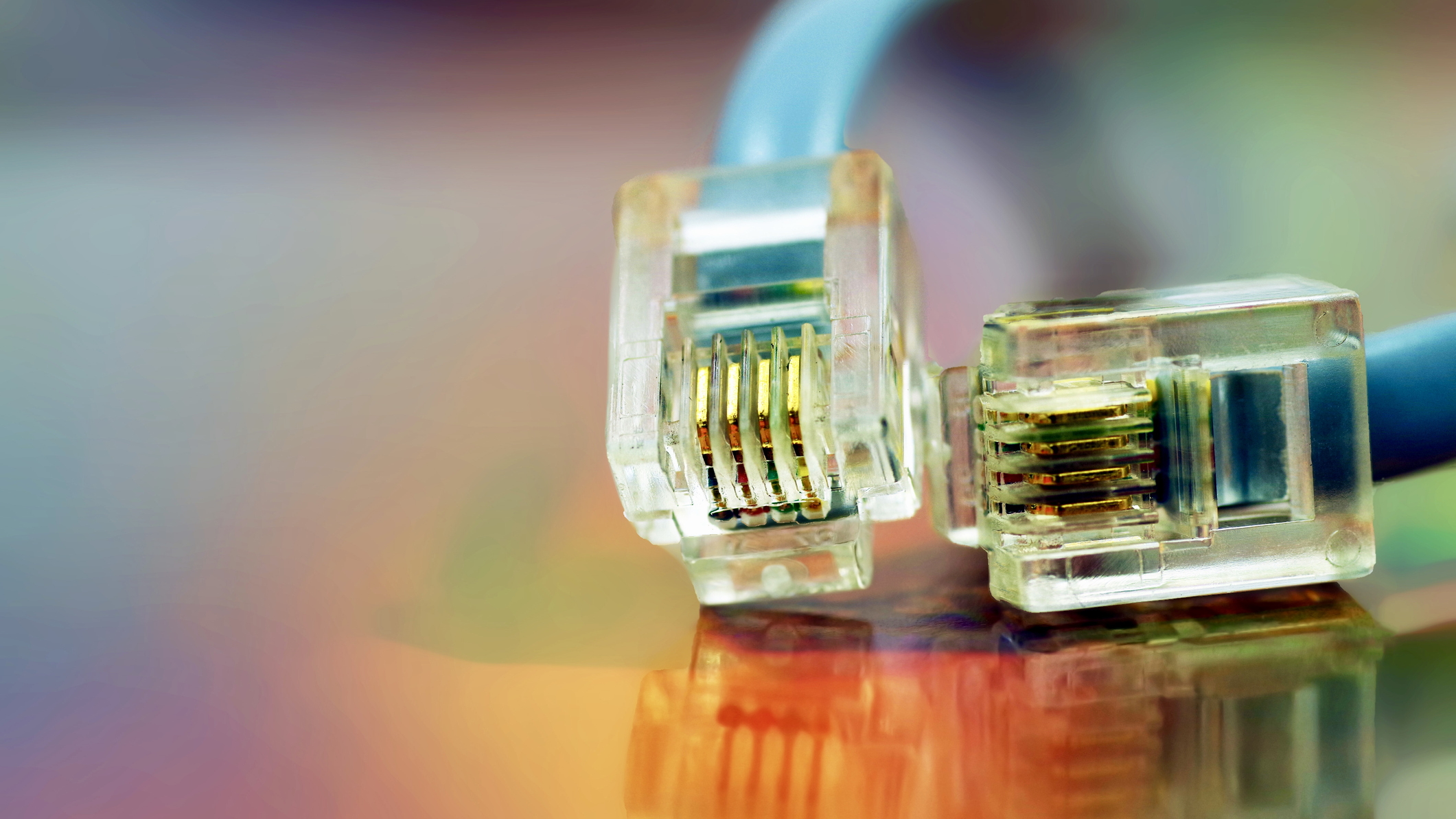FTTC vs FTTP: What's the difference?

FTTC vs FTTP for many will be simply a bunch of confusing letters relating to their broadband package, but to those about to commit to a home broadband deal, it's important to know the difference. To be clear they stand for Fibre To The Cabinet and Fibre To The Property.
Both are forms of fibre broadband, but they work differently and, as a result, offer you varying speeds as an end result.
The important part here, aside from those speeds, is that one version is built for the future of faster speeds and the other is limited. So if you're looking to invest in the long run, knowing the difference could be helpful.
Here's everything you need to know about FTTC vs FTTP.
Read more: Best broadband deals
How fibre broadband works?
Traditional wired cable ADSL internet uses electric signals, subject to limits because of the resistance which metal wiring creates for the signal. Since power dissipates over time, this will always have a limit to the amount of data these cables can carry.
Fibre, on the other hand, uses light to transmit signals along its tube-like cabling. As such the only limit is the speed of light – no resistance there then.
Sign up for breaking news, reviews, opinion, top tech deals, and more.
But that's not strictly true, since a limit is introduced as the cable reaches your connection. This is where Fibre To The Cabinet varies from Fibre To The Property.

What is FTTC?
FTTC, or Fibre To The Cabinet, describes where the fibre terminates and then the signal is throttled down into metal cabling, which can slow it.
This mean up to the cabinet, which is a local distribution box near your home, speeds are light-fast. From the cabinet to your home they are then limited by the metal cables. This is known as The Last Mile.
These cabinets vary in distance so if you’re far from one, your connection will be slow than someone closer who has less copper cabling for the data to travel over.
What is FTTP?
FTTP, or Fibre To The Premises, offers fibre cabling right up to your property.
Since this runs a fibre optic cable right up to your router, the only limit is the router technology itself. Since this is always improving, as is the methods of transmitting that data, speeds are only getting faster and faster.
This is the future-proof option for anyone that wants maximum speed now and in the future. This means gigabit speeds available right to the home.
The catch? You might not have it where you live. BT and Virgin, among others, are rolling it out fast nationwide so it's worth checking if you can be connected.
Which is better, FTTC or FTTP?
The difference between FTTP and FTTC is clear in the speed offered and future-proofing. However, the difference is not as clear as that.
For one thing, FTTC is cheaper than FTTP. It's also more readily available nationwide to more property locations. And when you consider this can offer fast speeds of up to 80Mb, if you live very close to the cabinet, this may be more than enough for many.
That said, if you can afford and access the FTTP option it will offer more reliable speeds (theoretically, as there's less in between). It will also offer upgraded speeds as hardware on either end improves over time. If you need the speed, this is well worth the extra expense.
Where can I get fibre broadband?
Fibre broadband is available to millions of homes and businesses in the UK. Check out our best fibre broadband deals to find the perfect blend of price and speed where you are.

Rob is TechRadar's VPN Editor. Coming from a background in phones and technology, he's no stranger to the risks that come with putting yourself online. Over years of engaging with different platforms, testing the limits of his online persona, and feeling the brunt of several data breaches, Rob has come to gain a keen understanding of cybersecurity and the benefits of services such as VPNs in providing a secure online experience. He uses this to not only advise on the best ways to stay secure online but also share his own experiences and especially how to avoid trouble. Outside of work, you'll find Rob on the tennis courts, in the gym, or diving into the biggest and best games of the year.